
Thursday, April 4th, 2024
Beyond Anthropology
Cover image: Portrait of Katherine Dunham (detail) by André Quellier
© Entrée to Black Paris
Though Déborder l'anthropologie (Beyond Anthropology) was not mounted specifically for Black History Month or Women's History Month, the content of this exhibition could not have been better suited for both.
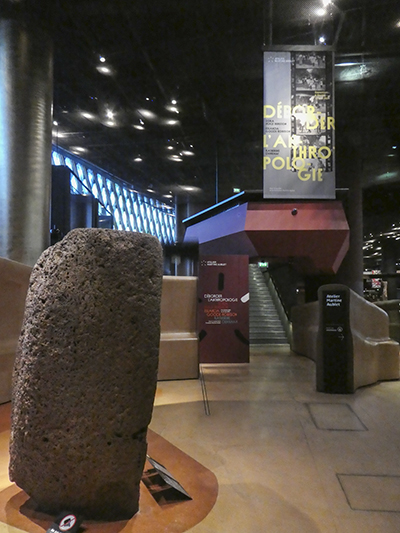 Entrance to Déborder l'anthropologie
Entrance to Déborder l'anthropologie
Image © Entrée to Black Paris
Curator Sarah Frioux-Salgas, Head of Collections Documentation and Archives at the Media Library of the musée du quai Branly Jacques Chirac, has created a marvelous tribute to three African-American women—Katherine Dunham, Zora Neale Hurston, and Eslanda Goode Robeson—whose professional activities were rooted in the discipline of anthropology.
In my opinion, to have them featured in such a powerful (if small) exhibition outside the U.S. is extraordinary.
Zora Neale Hurston is the first of the three women to be presented.
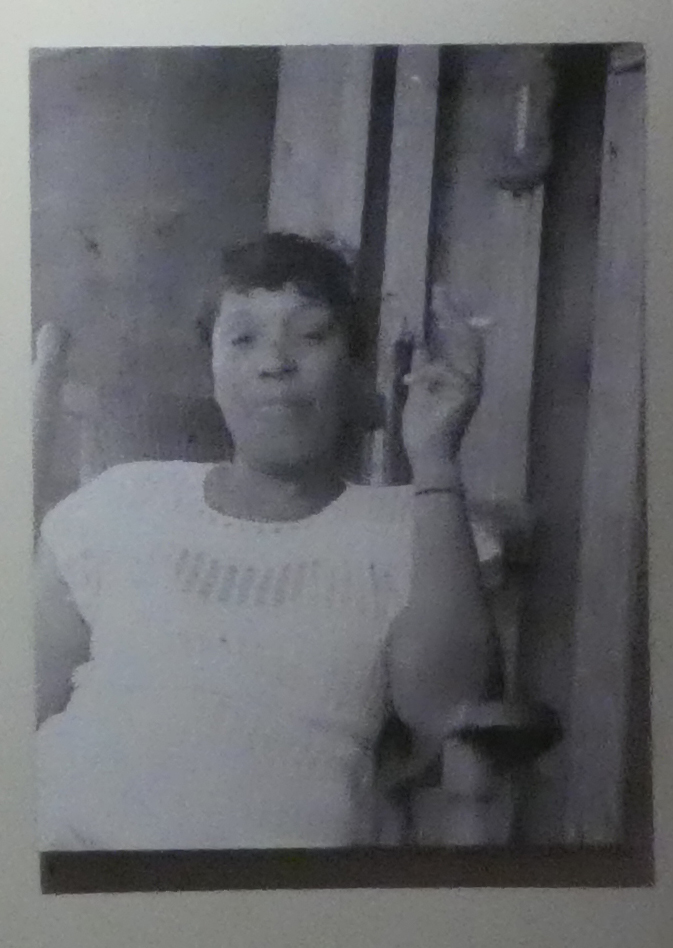
Zora Neale Hurston smoking a cigarette
Image © Entrée to Black Paris
For me, the most remarkable part of her section of the exhibition was the series of five short silent videos that she recorded of people in Florida and Alabama in 1928 and 1929. The total viewing time for these films is 6 minutes and 48 seconds.
The extracts are entitled "Kossola" (aka Cudjo Lewis, the last known survivor of the U.S. slave ship Clotilda); "Polk County (depicting men tapping pine trees for sap to make turpentine)," "Young Girl Smiling," "Dancing Children," and "Baptism in Florida."
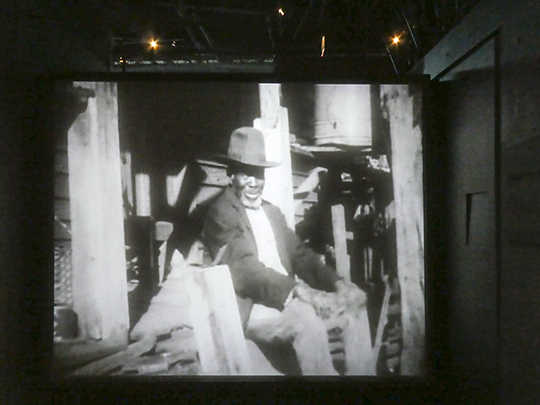 Kossola (aka Cudjo Lewis)
Kossola (aka Cudjo Lewis)
© Entrée to Black Paris
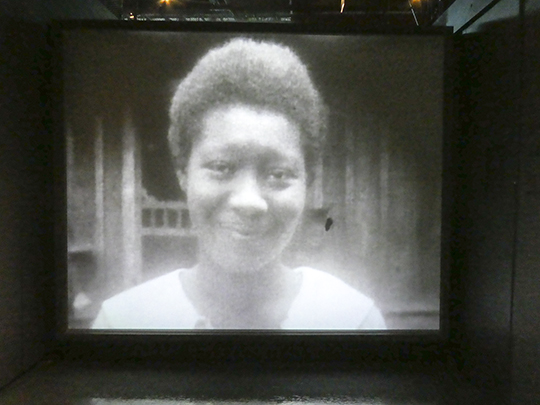
Young Girl Smiling
© Entrée to Black Paris
In addition to the films, the exhibition presents numerous photos, quotes from Hurston's books Mules and Men and Their Eyes Were Watching God, and information about her short stories and plays.
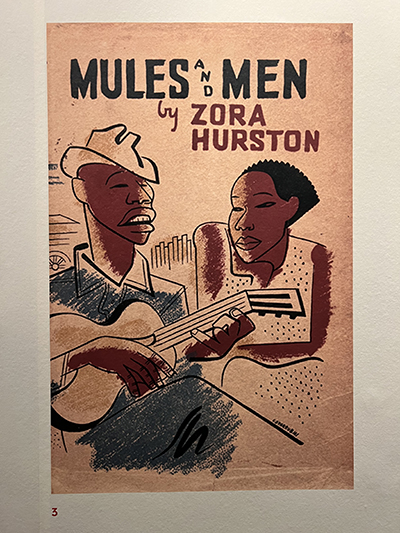
Mules and Men - book cover
© Entrée to Black Paris
Eslanda Goode Robeson is next in line in the exhibition.
Eslanda Goode Robeson at Communist Party meeting in NYC (1948)
Photo from NY Daily News
Image © Entrée to Black Paris
Information panels present the story of her move to London with her husband Paul, their activism in the Communist Party there and in the U.S., and her extended 1936 tour of South Africa, Zanzibar, Kenya, and Uganda with their son, Pauli.
Numerous photos from the travel diary African Journey, which describes this trip, are presented on a wall in this area of the exhibition.
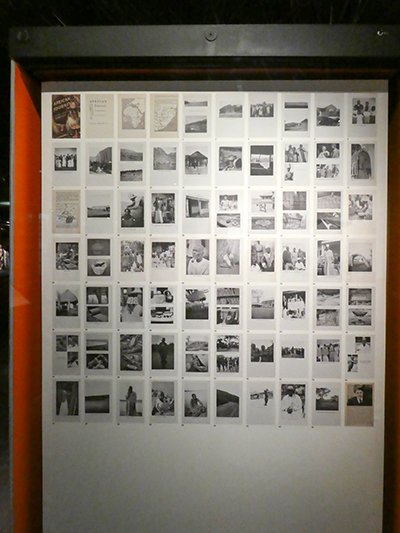 Book cover, title page, and
Book cover, title page, and
reproductions of photos from African Journey
Image © Entrée to Black Paris
When I moved to the next area of this section of the exhibition, I was pleasantly surprised to find an enlarged reproduction of the African Journey photo that intrigued me the most on the wall.
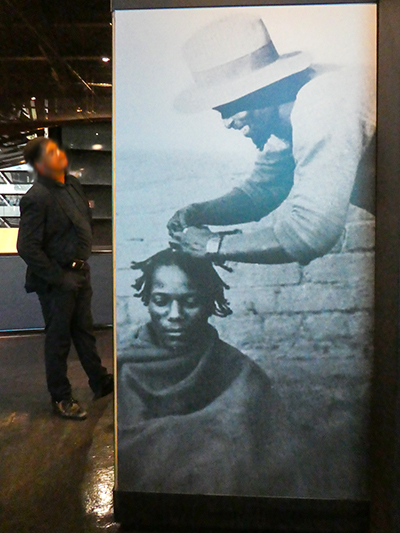 Enlarged reproduction of photo from African Journey
Enlarged reproduction of photo from African Journey
Image © Entrée to Black Paris
Another panel with accompanying photo of Goode Robeson at the Africa Women's Day event held in London (1961) presents the numerous articles that Goode Robeson wrote in opposition to colonial domination and support of Black feminism.
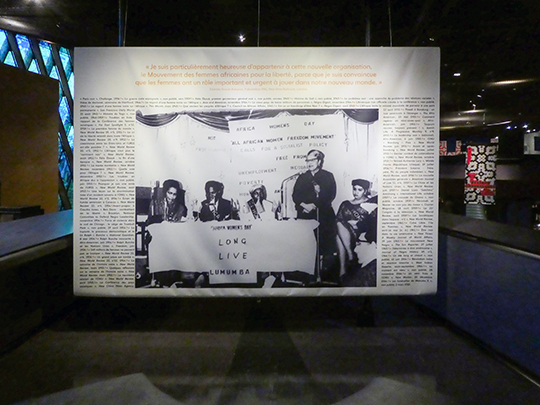 Articles written by Eslanda Goode Robeson
Articles written by Eslanda Goode Robeson
Image © Entrée to Black Paris
Finally, Katherine Dunham is featured.
Portrait of Katherine Dunham by Raymond Voinquel
Image © Entrée to Black Paris
The introductory information panel in this section describes her as "a pioneer of modern dance, innovative choreographer, and civil rights activist who contributed to creating a transnational history of Black cultures." The scholarship-funded ethnographic research she conducted in the Caribbean in 1935-1936 informed the performances that inspired her critical acclaim.
Videos of dance-focused gatherings and ceremonies recorded in Jamaica, Martinique, Trinidad, and Haïti during this period are shown in the exhibition. The total viewing time is 5 minutes and 30 seconds.
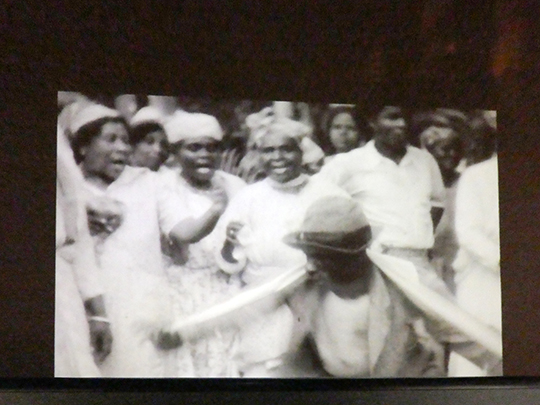 Trinidad - Traditional Dance
Trinidad - Traditional Dance
© Entrée to Black Paris
Considerable attention is given to Dunham's success in the City of Light. Multiple ink and felt-tip marker sketches and pastels of Dunham and her Paris performances created by André Quellier are on display.
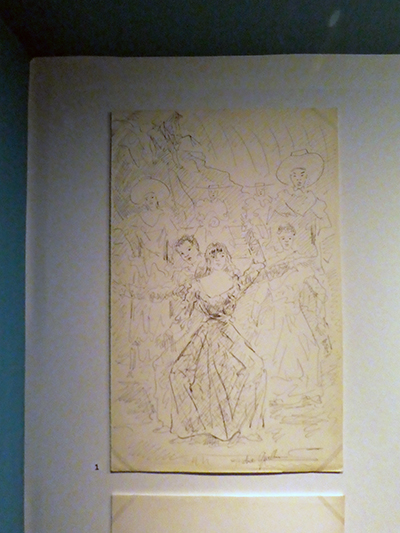 Sketch of L'Ag'ya performance (1950)
Sketch of L'Ag'ya performance (1950)
by André Quellier
© Entrée to Black Paris
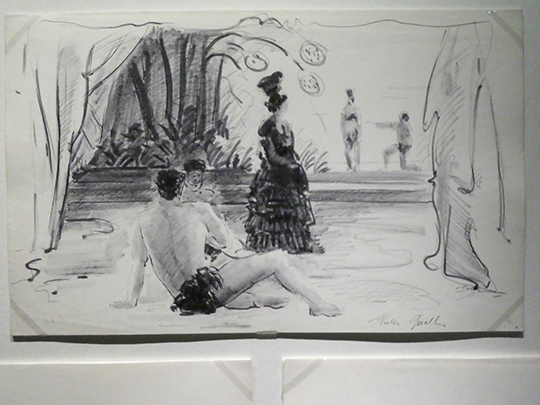 Sketch of Rite of Passage - Death allegory (1950)
Sketch of Rite of Passage - Death allegory (1950)
by André Quellier
© Entrée to Black Paris
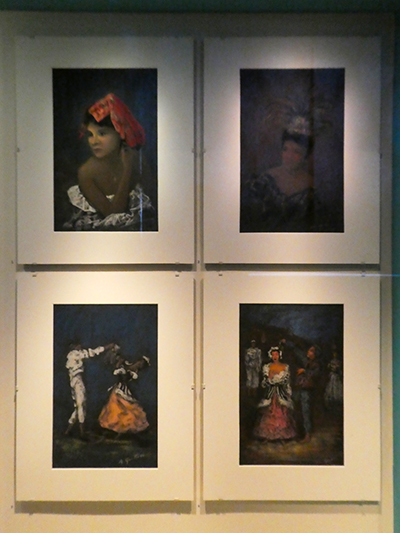 Pastel portraits of Katherine Dunham (left - 1950; right - 1951)
Pastel portraits of Katherine Dunham (left - 1950; right - 1951)
and pastel illustrations of L'Ag'ya performance (1950)
by André Quellier
© Entrée to Black Paris
A video of Shango et L'Ag'ya, choreographed performances inspired by the traditional Martinican dances of the same names, is available for viewing adjacent to these images (viewing time is 2 minutes and 20 seconds).
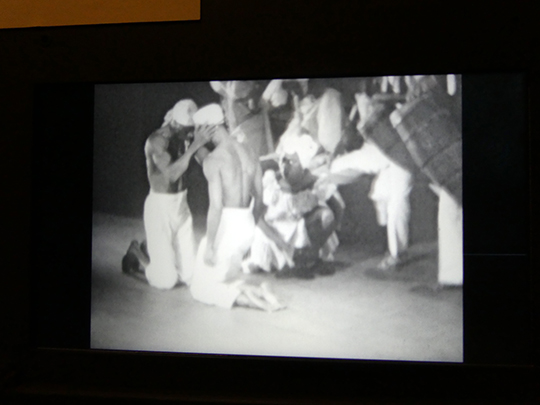 Shango et L'Ag'ya
Shango et L'Ag'ya
© Entrée to Black Paris
Visitors are informed that Dunham's ballet Southland, which denounces lynching in the U.S., was performed at the Théâtre National du Chaillot on January 9, 1953. A few small photos from this performance are displayed.
The section on Dunham ends with information and photos of her intervention at the First World Festival of Negro Arts in Dakar, Senegal in April 1966.
Déborder l'anthropologie (Beyond Anthropology) will be on display through May 12, 2024. Access is free with a general admission ticket to the museum.
To purchase tickets, click HERE.
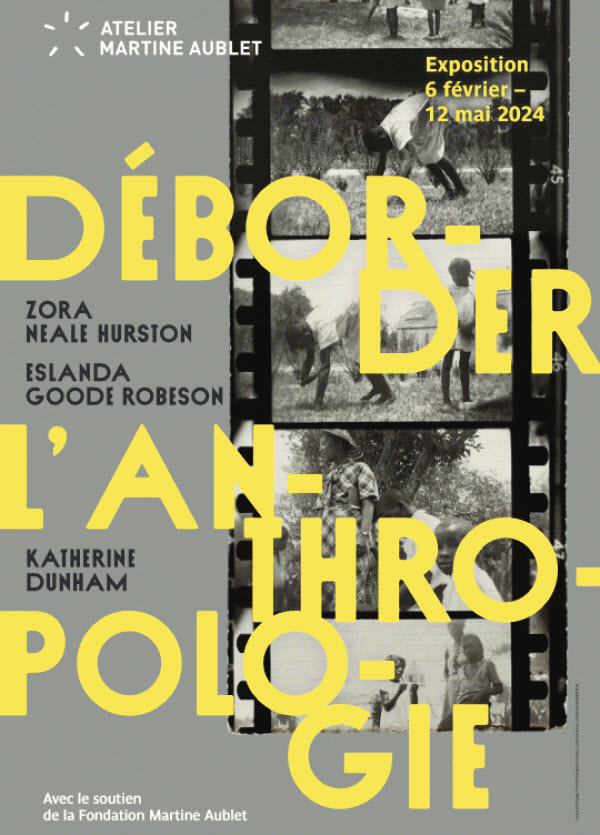

 Our Walk: Black History in and around the Luxembourg Garden - Click here to book!
Our Walk: Black History in and around the Luxembourg Garden - Click here to book!